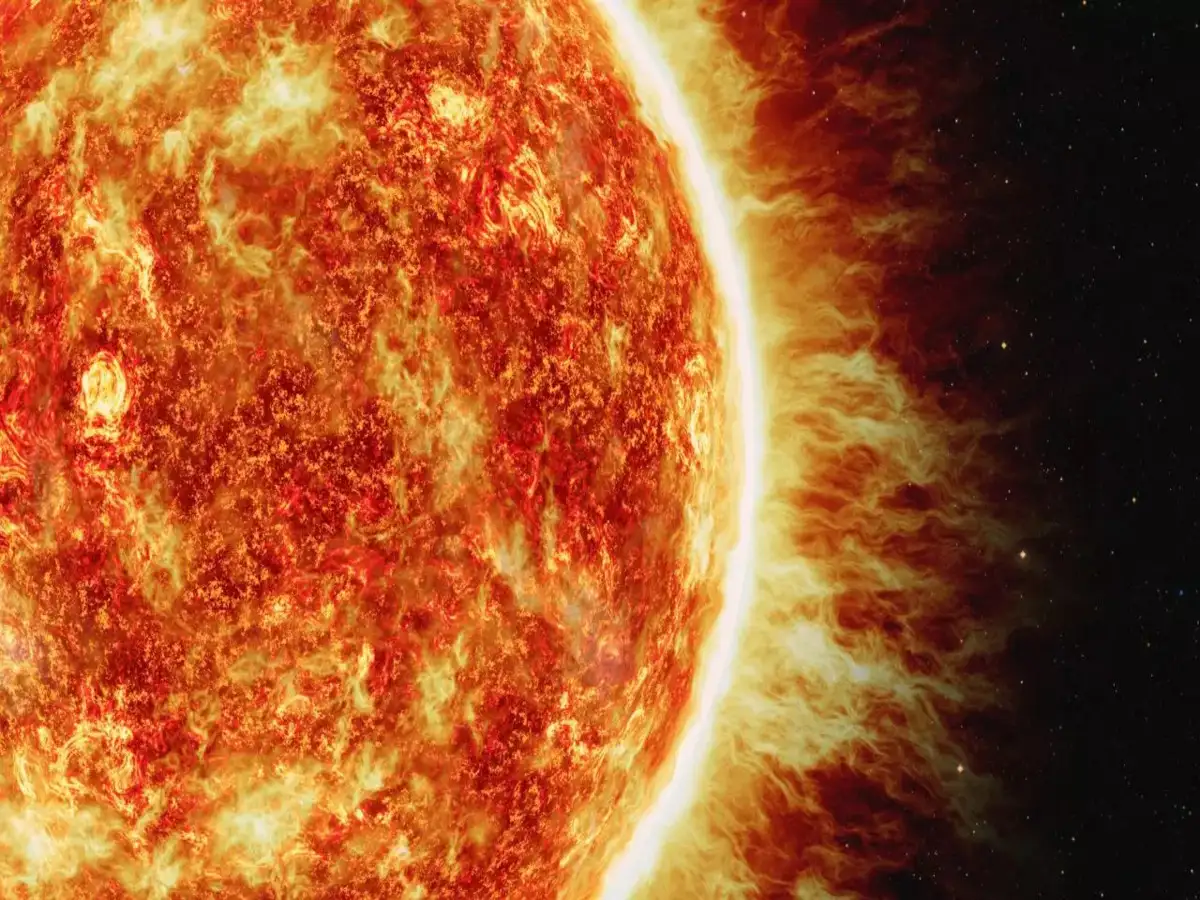Scientists Alert on Insufficient Solar Storm Prediction Technology

Imagine being warned of an impending storm, only to discover its true severity moments before it strikes. This scenario mirrors the challenges scientists face with solar storms. While advancements have been made in monitoring coronal mass ejections (CMEs) from the Sun, the crucial aspect of the storm’s magnetic field orientation remains elusive until just before impact. This orientation, known as the Bz component, determines whether a CME will have minimal effects or disrupt satellites, power grids, and GPS systems.
Lack of Early Bz Data Leaves Earth Vulnerable to Solar Storms
Solar physicist Valentín Martínez Pillet has highlighted the critical need for early knowledge of the Bz value to enhance our preparedness for solar storms. Currently, spacecraft such as NASA’s ACE and DSCOVR can only detect the Bz component when the CME reaches Lagrange Point 1 (L1), providing a warning window of merely 15 to 60 minutes. Martínez Pillet warns that without expanding our observational capabilities, it could take up to 50 years to achieve the same level of forecasting accuracy for solar events as we have for terrestrial weather. He advocates for the deployment of new satellites at Lagrange points L4, L5, and L3 to broaden our view of solar activity.
Despite possessing the necessary scientific models, the lack of real-time data from multiple solar perspectives hampers our predictive capabilities. Most current observations are limited to a single vantage point at L1, which constrains our understanding of CMEs. Upcoming missions, such as the European Space Agency’s Vigil, set to launch in 2031 to L5, aim to address this gap. By capturing the CME’s shape and magnetic orientation from a different angle, Vigil could potentially provide up to a week’s notice before a storm reaches Earth.
Historical Context of Solar Storms
The urgency for improved solar storm forecasting is underscored by historical events. The 1859 Carrington Event, a powerful solar storm, caused widespread telegraph failures, demonstrating the potential for significant disruption. Additionally, a near miss in 2012 highlighted the catastrophic consequences that could arise from a direct hit, with estimates suggesting it could have resulted in trillions of dollars in damages. In a 2013 study, Dan Baker from the Laboratory for Atmospheric and Space Physics (LASP) warned that a direct solar storm impact could leave modern technology in ruins.
Today, tools like the Global Oscillation Network Group (GONG) and DSCOVR provide continuous monitoring of solar activity. However, their limitations emphasize the pressing need for broader coverage and enhanced data collection. Martínez Pillet notes, “The Sun isn’t changing. It’s our dependence on technology that’s made us more vulnerable.” Until we establish the necessary infrastructure to detect solar storms well in advance, humanity may remain at risk from these powerful cosmic events.
The Path Forward for Solar Monitoring
To mitigate the risks posed by solar storms, experts are calling for a concerted effort to expand our solar monitoring capabilities. The current reliance on a single observation point restricts our ability to predict the behavior of CMEs accurately. By deploying additional satellites to different Lagrange points, scientists hope to gain a more comprehensive understanding of solar activity.
The proposed Vigil mission is a significant step in this direction. By observing solar events from L5, it aims to provide critical data that could enhance forecasting accuracy and extend warning times. This initiative, along with other planned missions, represents a proactive approach to safeguarding technology and infrastructure from the potentially devastating impacts of solar storms.
As we continue to rely on advanced technology, the importance of robust solar monitoring becomes increasingly clear. Without the necessary advancements in our observational capabilities, we risk remaining vulnerable to the unpredictable nature of solar storms. The scientific community is urging immediate action to ensure that we are better prepared for future solar events, ultimately protecting our technological landscape and daily lives.
Observer Voice is the one stop site for National, International news, Sports, Editor’s Choice, Art/culture contents, Quotes and much more. We also cover historical contents. Historical contents includes World History, Indian History, and what happened today. The website also covers Entertainment across the India and World.

